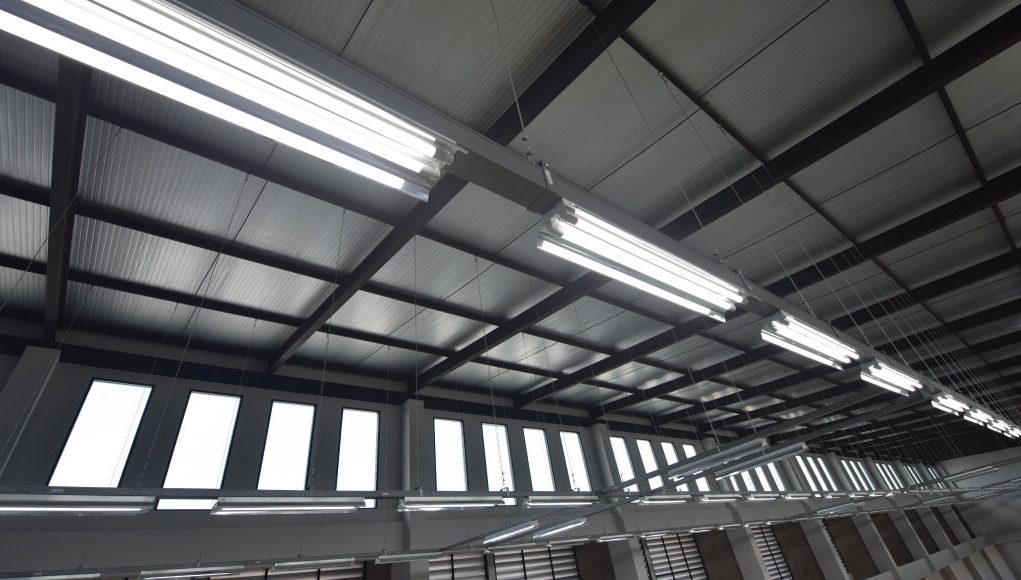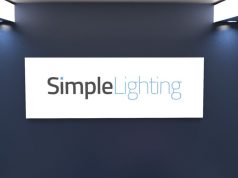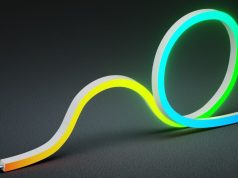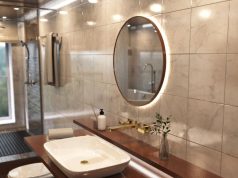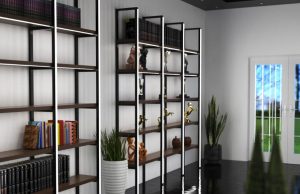Fluorescent tubes were one of the most popular types of office lighting before LEDs were introduced. However, with the development of a brighter and more energy-efficient lighting solution, fluorescent lamps are no longer the front runners. Now, it’s the era of LED tubes!
LED tube lights are well suited to various applications, particularly in offices and warehouses. You can use them as indirect or parabolic lighting fixtures and due to the fact that they barely produce any heat, they’re perfect for areas that implement climate control. These lights have better energy efficiency and improved colour rendering index (CRI) compared to fluorescent tubes. Aside from that, LED tube lights require minimal overall maintenance and burn out far less frequently.
What is a LED T8 Tube?
LED tubes are categorised depending on the different key designation. The most common are tube length and bulb/lamp size. The lamp size is usually indicated as a ‘T’ measurement, with standard sizes including T5, T8, and T12. This means the higher the number next to the ‘T’, the thicker the LED tube will be in diameter.
The ‘T’ represents 1/8 of an inch, and the number after signifies how many 1/8 of an inch wide is the tube. So, a LED T8 tube is a fitting with a diameter of exactly 8/8ths or 1 inch.
Factors to consider when getting a LED T8 Tube
Like other lighting fixtures, buying your first T8 tube can be overwhelming. So, if you’re getting dizzy with all the information out there, here’s a fool-proof guide to get you started!
Select the type that suits your needs
There are three types of T8 tubes that you need to know about: Direct Wire, Ballast Compatible and Universal.
- Direct Wire – as the name entails, these tubes are connected directly and don’t need a ballast to function.
- Ballast Compatible – tubes in this category require a ballast but don’t need any additional wiring since you can plug them into an existing socket (plug and play).
- Universal – these tubes are a combination of direct wire and ballast compatible, allowing you to use the fitting in either application. Typically, they’re installed as ballast compatible until the ballast gives out. Then, it’s direct-wired until it reaches the end of its lifespan.
Before settling with a specific type of T8 tube, do some research and identify what your space needs. Knowing the application that will be implemented early on will help you decide easier which T8 tube to install.
Consider whether to get frosted or clear
While not many go down the road of choosing between a frosted or clear T8 tube, you should! Undoubtedly, frosted tubes are more popular for several reasons. Since it’s frosted, you don’t see the LED chips within the tube. Also, these tubes can produce a uniform light output, similar to their less energy-efficient non-LED counterparts. However, if you’re very concerned about illumination, you should select a clear tube. Since the light doesn’t need to pass through a diffuser, you get maximum lumen output (although the difference is negligible).
When choosing between clear or frosted, understand the application of your lights. It may be better to choose a frosted tube for an office (to avoid the possibility of looking directly at the very bright LEDs) and a clear tube for a warehouse. Also, it depends on your personal preference. Either way, both are incredibly efficient and provide excellent brightness at an affordable price.
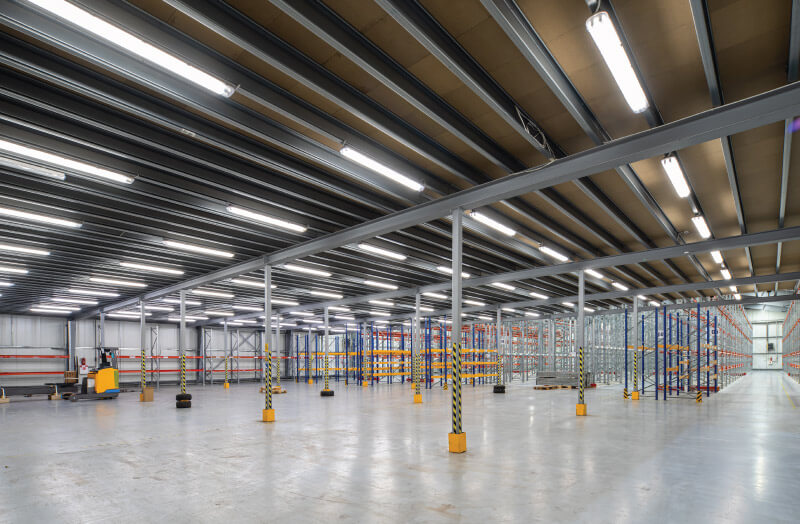
Benefits of LED tubes
If you’re debating whether to get T8 LED tubes or fluorescent lamps, LEDs are the better option. Why? Because LEDs are far superior to fluorescents. If you’re not convinced, here are the benefits of using them.
- LED tubes are eco-friendly. It’s both in terms of manufacturing (materials and process) and energy use. Also, it applies to the disposal since LEDs don’t have mercury.
- LED tubes are directional. They don’t bounce light in a 360-degree radius which half of it is wasted if they’re mounted on the wall or ceiling.
- LED tubes can be dimmed. Given that you have the proper setup, you can easily manipulate the brightness level of your tube lights.
- LED tubes are available in different colour temperatures. You have the freedom to choose between cool white light, natural white light and warm white light.
- LED tubes are far less fragile. Instead of the thin glass used for fluorescent lamps, LED tubes are made of rugged plastics.
- LED tubes are energy-efficient – For the same lumens output, LEDs consume way less electricity than fluorescent tubes. You only need around 18-22W to power a 1000 – 1400W fitting!
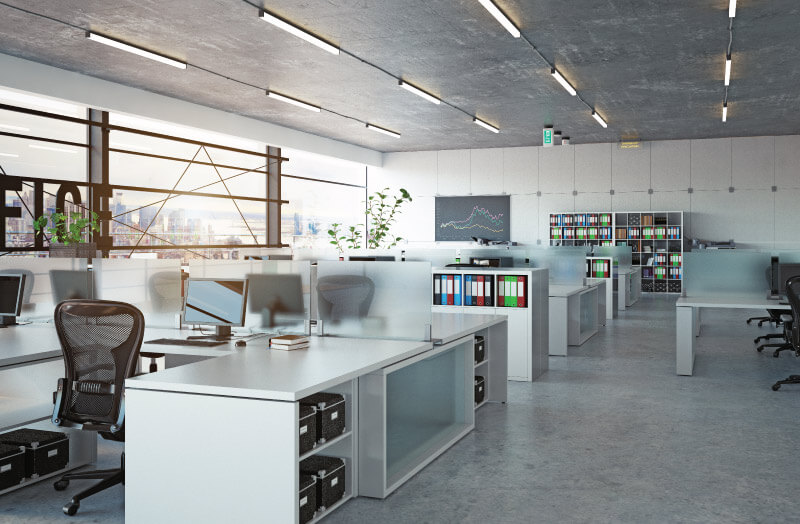
Now that you know what a LED T8 tube is, how to pick one, and what its benefits are, it’s time to say goodbye to your fluorescent lamps! If you don’t know where to get them, check out our website, Simple Lighting! We have an extensive collection of not only tube lights but also indoor lighting, outdoor lighting, and commercial lighting!


